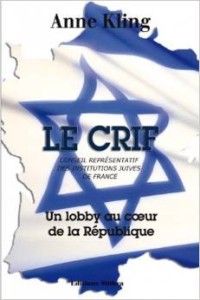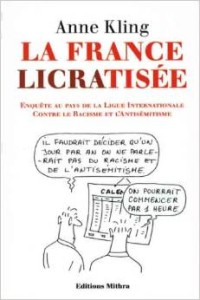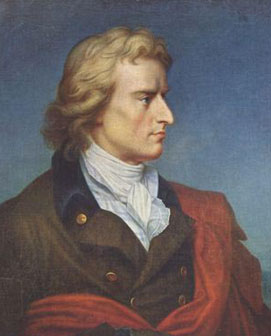The Culture of Critique in France: A review of Anne Kling’s books on Jewish influence, Part 3
Communists and Collaborators: The Dark Origins of Franco-Jewish Ethnic Lobbies
The LICRA and the CRIF, and their ancestor organizations, have been influencing French political life since before the Second World War. The LICRA, originally called the League Against Pogroms, was founded in 1927 by the Communist Jew Bernard Lecache, an early apologist of Soviet totalitarianism. He founded the League to organize the legal defense of Sholom-Shmuel Schwartzbard, a Russian Jew who had murdered Ukrainian nationalist leader Symon Petliura in broad daylight in the streets of Paris. Schwartzbard blamed Petliura for the pogroms in Ukraine and was subsequently, bizarrely, acquitted.
The LICRA then, far from being a body dedicated to universal brotherhood, was founded to justify an act of tribal vengeance. Lecache himself would, in the typical manner, enormously exaggerate the sufferings of his co-ethnics, claiming that 300,000 were killed in the Ukrainian pogroms (the Red Cross estimated the figure at between 60,000 and 120,000).[1]
Lecache would lead the LICRA until 1968. He remained a communist despite being formally expelled from the French Communist Party in 1923 because he also chose to remain a Freemason (the Party did not allow dual-membership). His successor Jean-Pierre Bloch, who led the group from 1968 to 1992, was also a Freemason.
Already in the interwar period, the League’s influence rapidly grew in the French Third Republic’s parliamentary regime, with members across political parties, including prime ministers Léon Blum (Jewish, who led a Socialist-Communist coalition government) and Édouard Herriot (whose 1898 essay on the Jewish philosopher Philo of Alexandria brought him national attention). In 1933, Herriot would as an MP return from a fact-finding to the Ukraine and deny any famine there, stating that it was “a garden producing to the full.”[2] (Between 2.5 and 7.5 million people are estimated to have been killed in this engineered famine, known as the Holodomor). Read more

 Anne Kling, La France LICRAtisée: Enquête au pays de la Ligue Internationale Contre le Racisme et l’Antisémitisme
Anne Kling, La France LICRAtisée: Enquête au pays de la Ligue Internationale Contre le Racisme et l’Antisémitisme For the French case, we can salute the work of Identitarian activist and international civil servant Anne Kling for her meticulous studies, with no less than five books on Jewish political activism and one on the Front National.
For the French case, we can salute the work of Identitarian activist and international civil servant Anne Kling for her meticulous studies, with no less than five books on Jewish political activism and one on the Front National.



